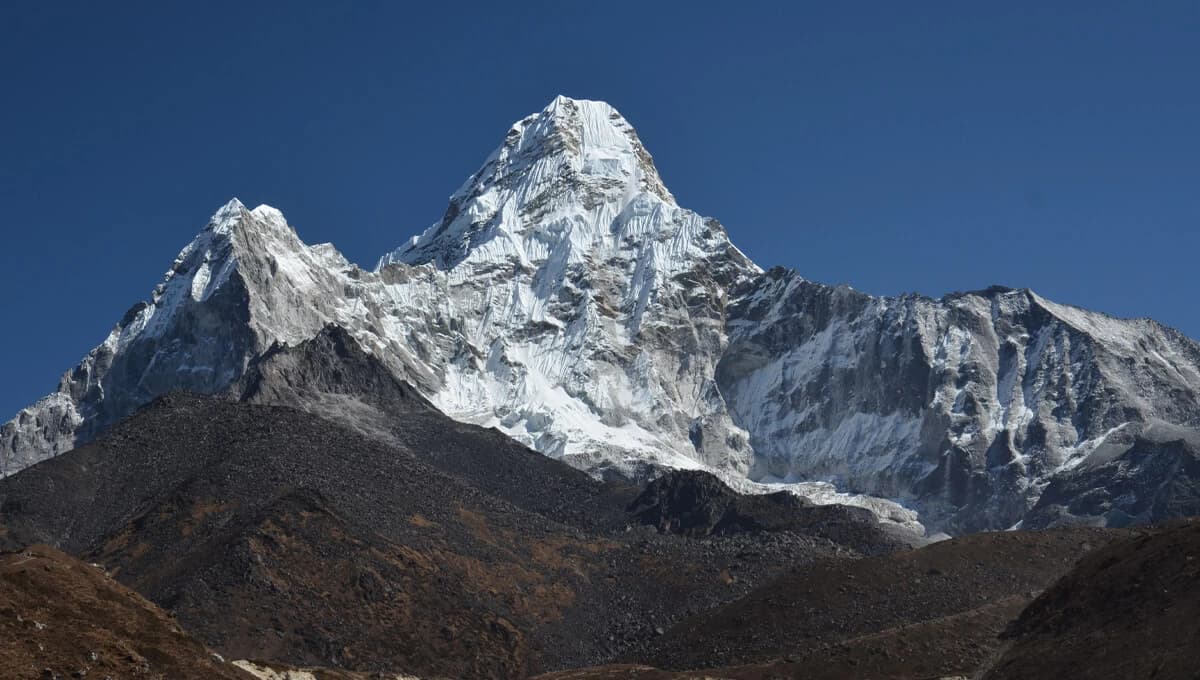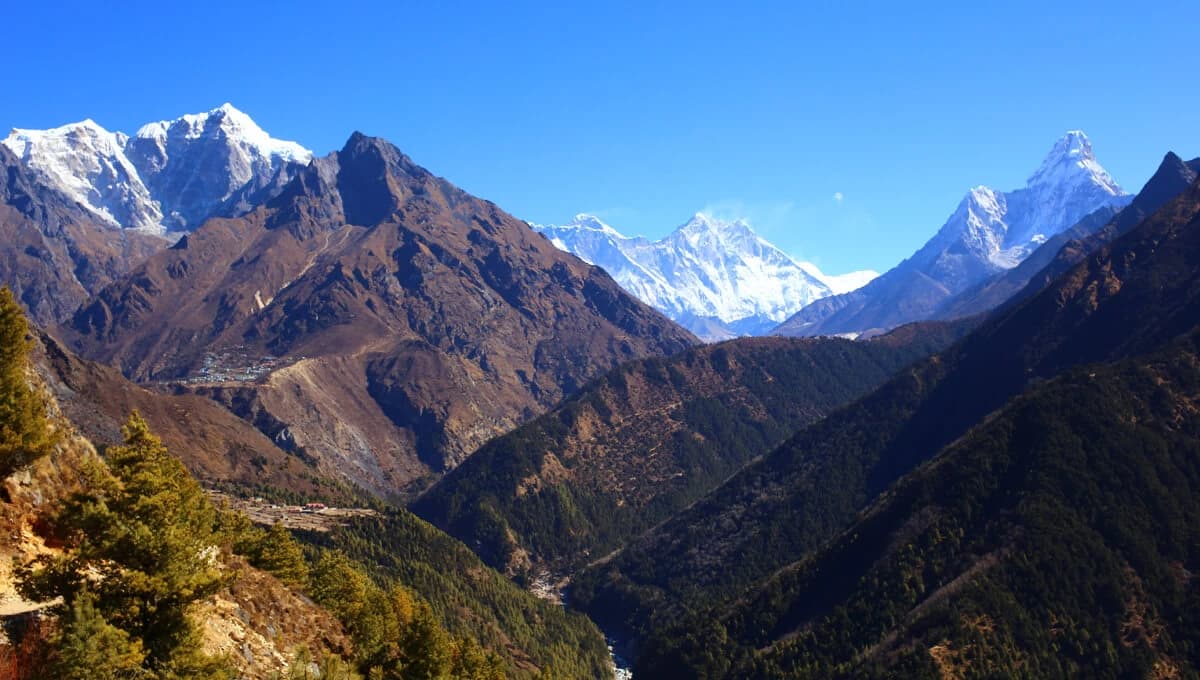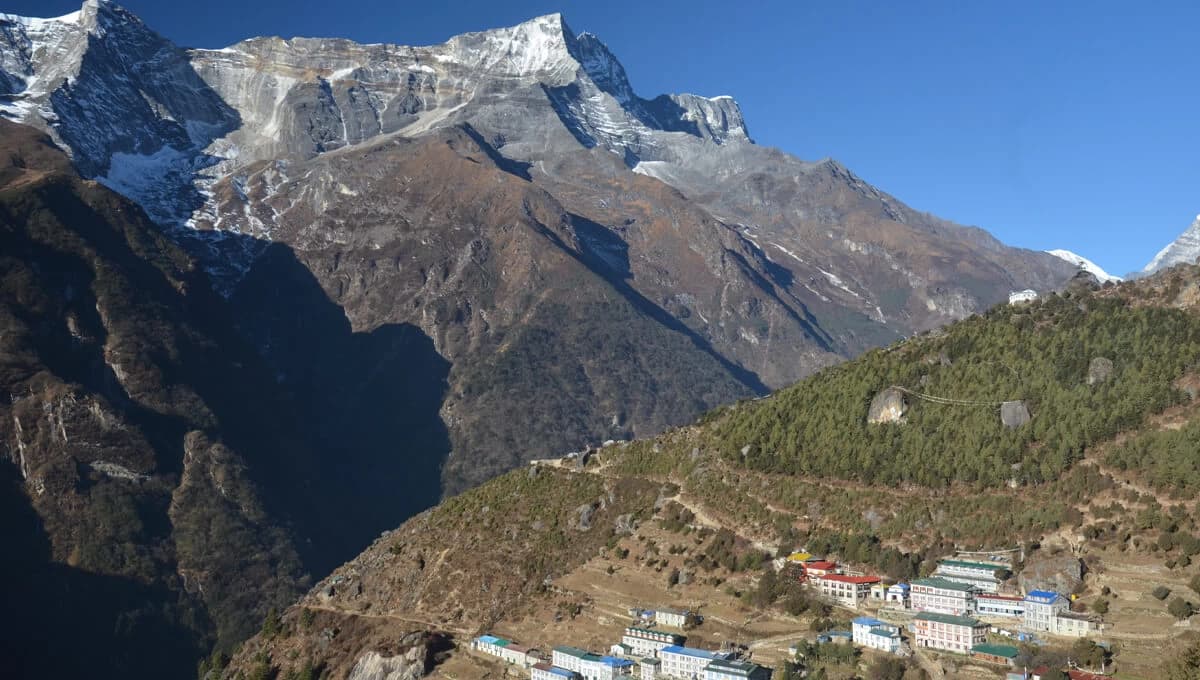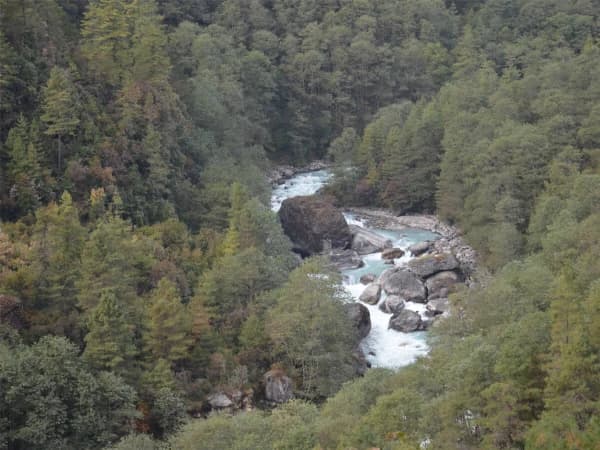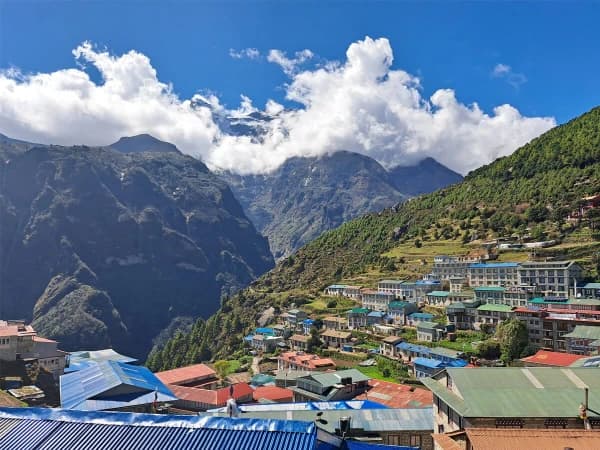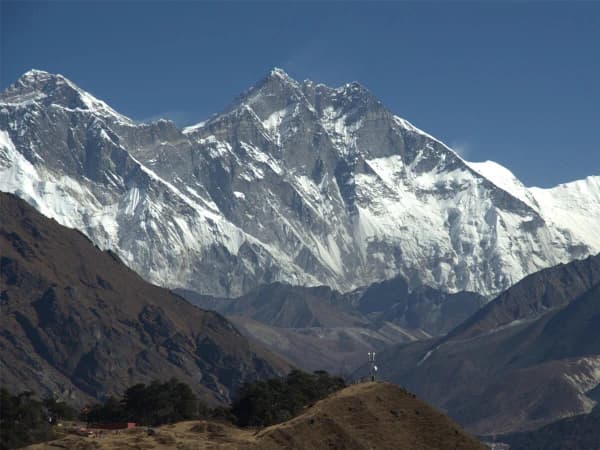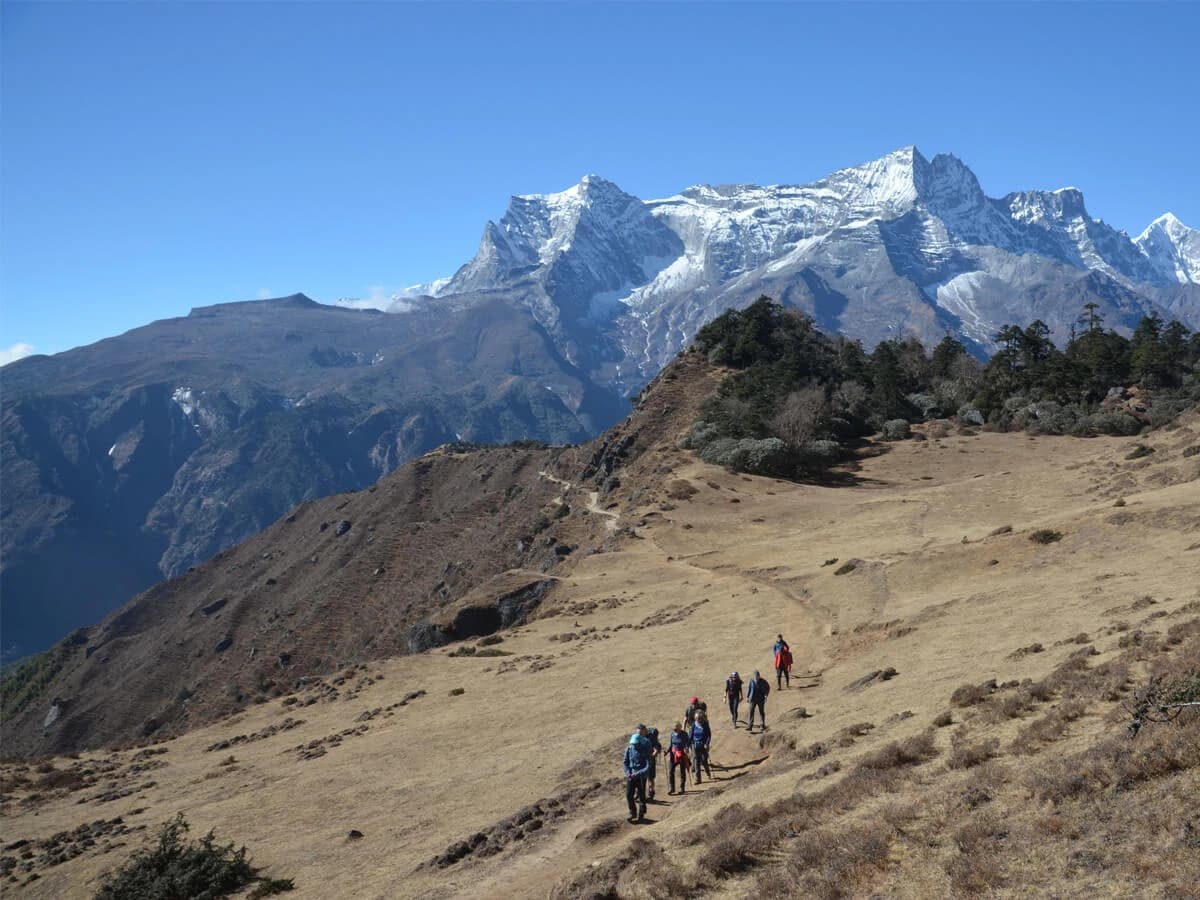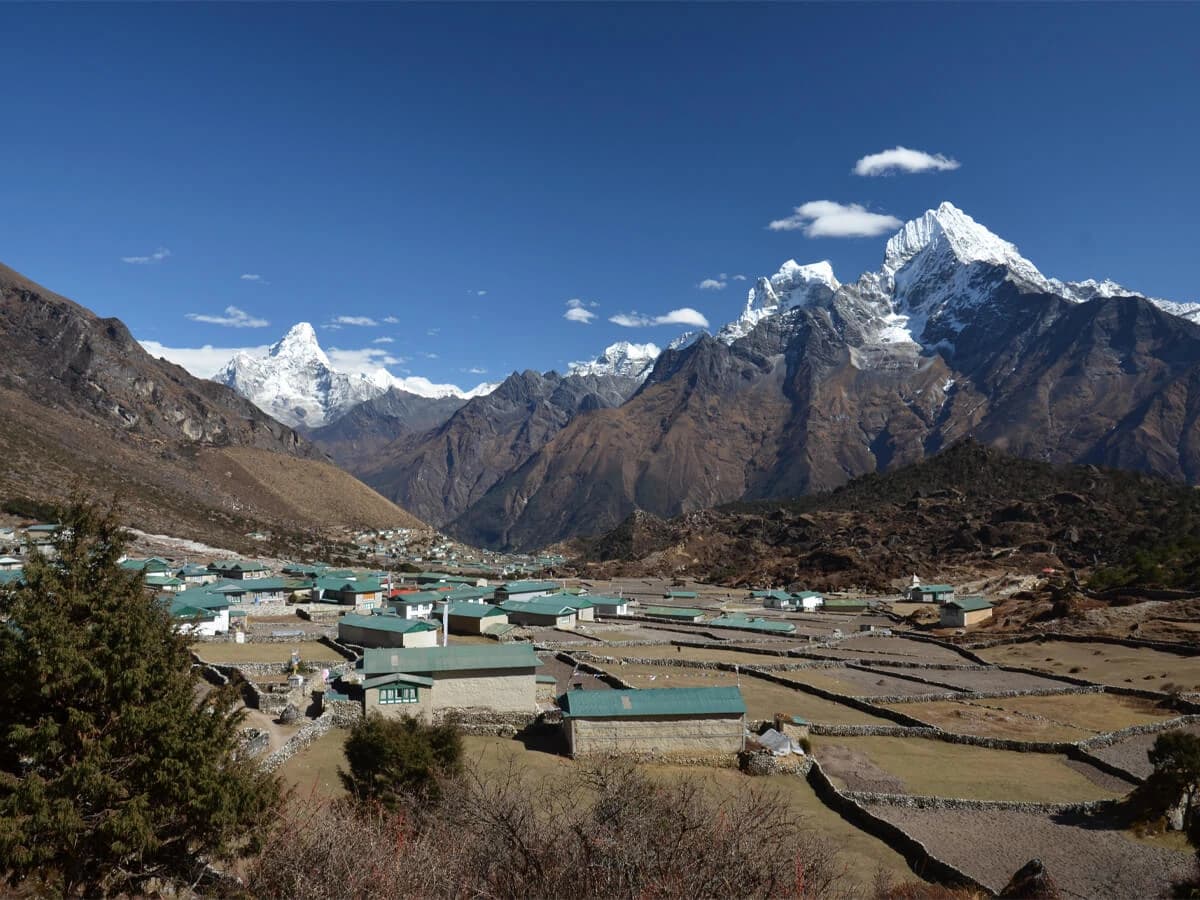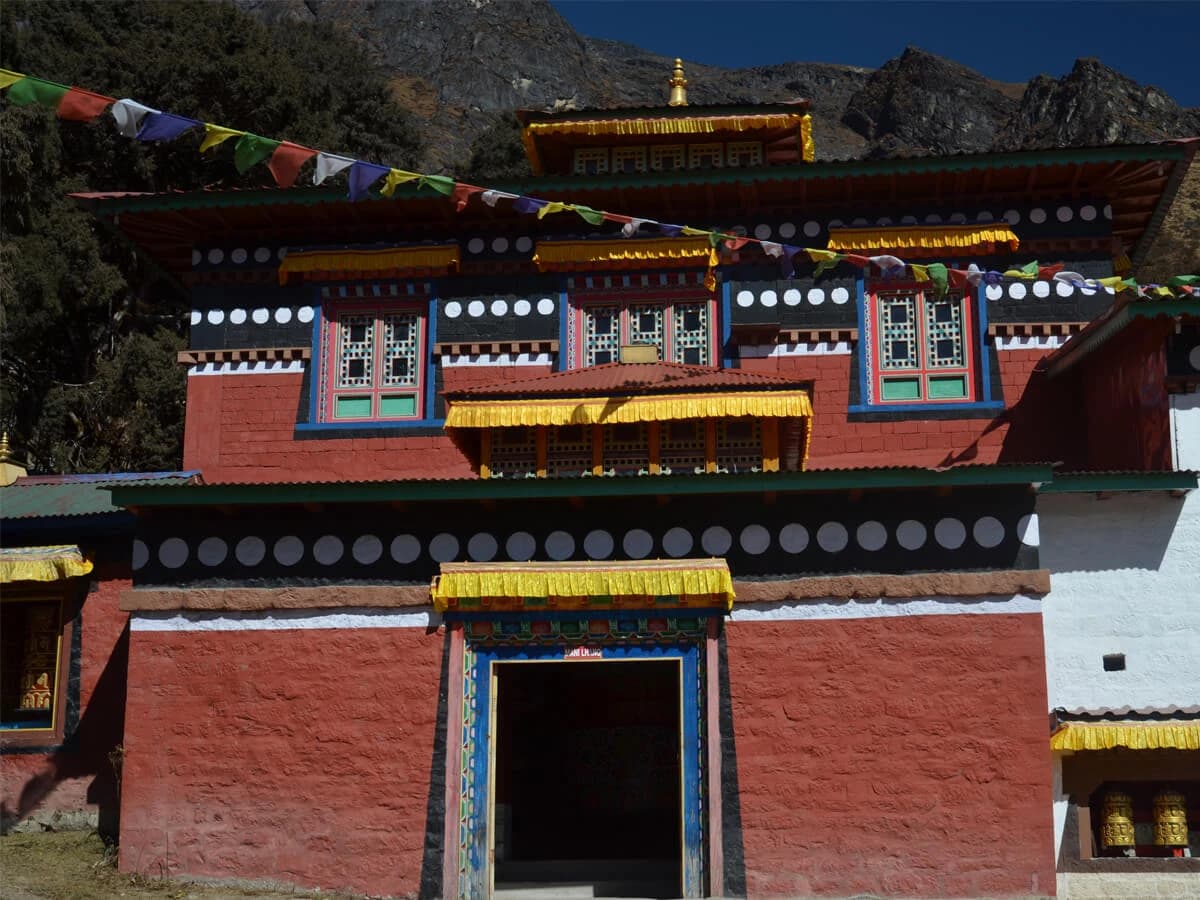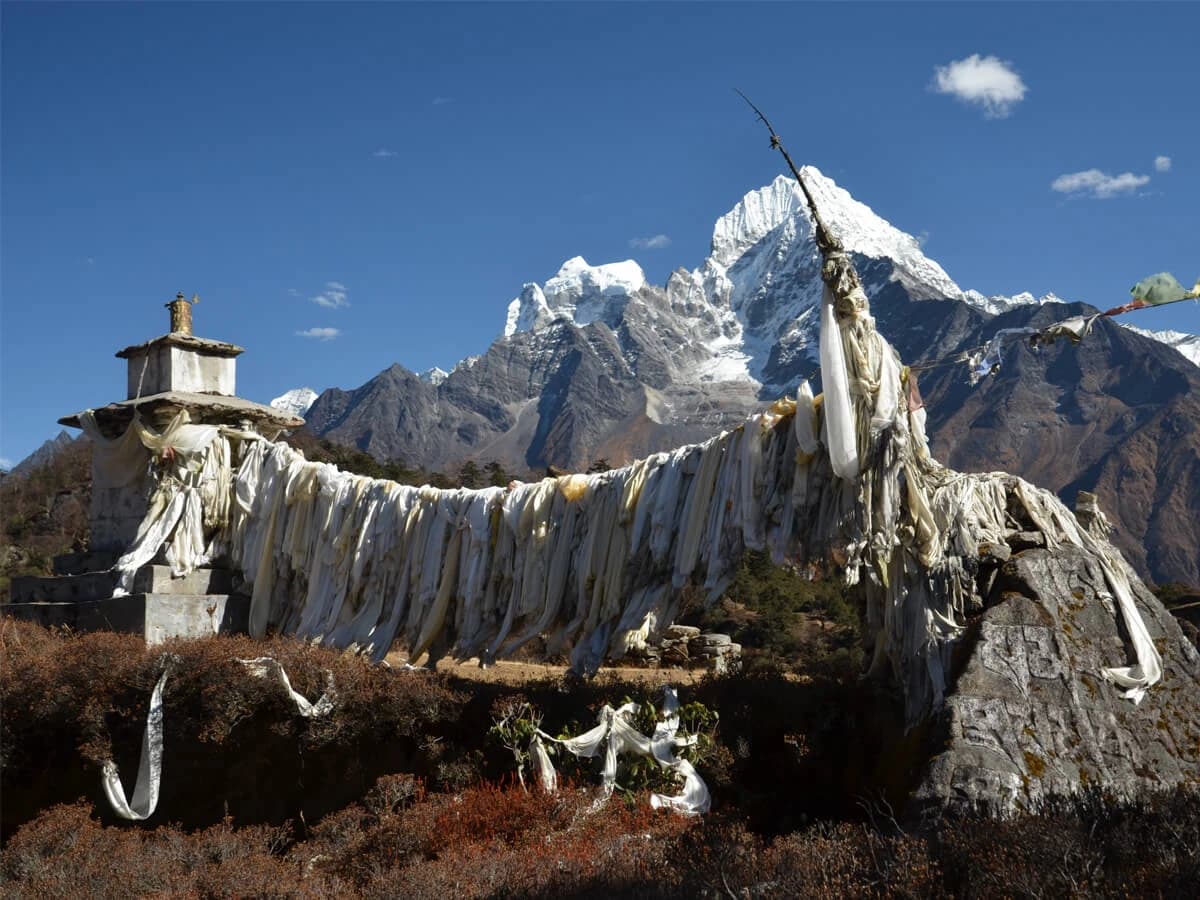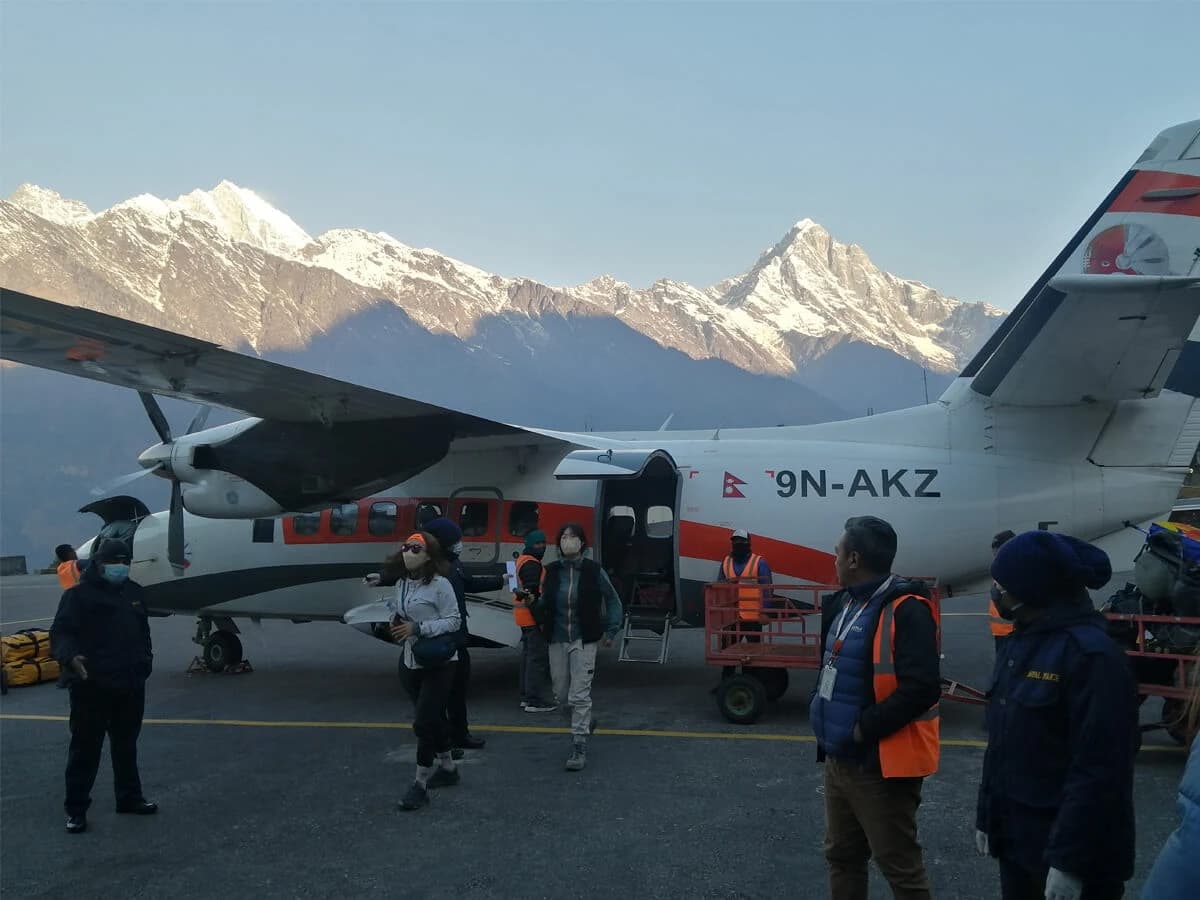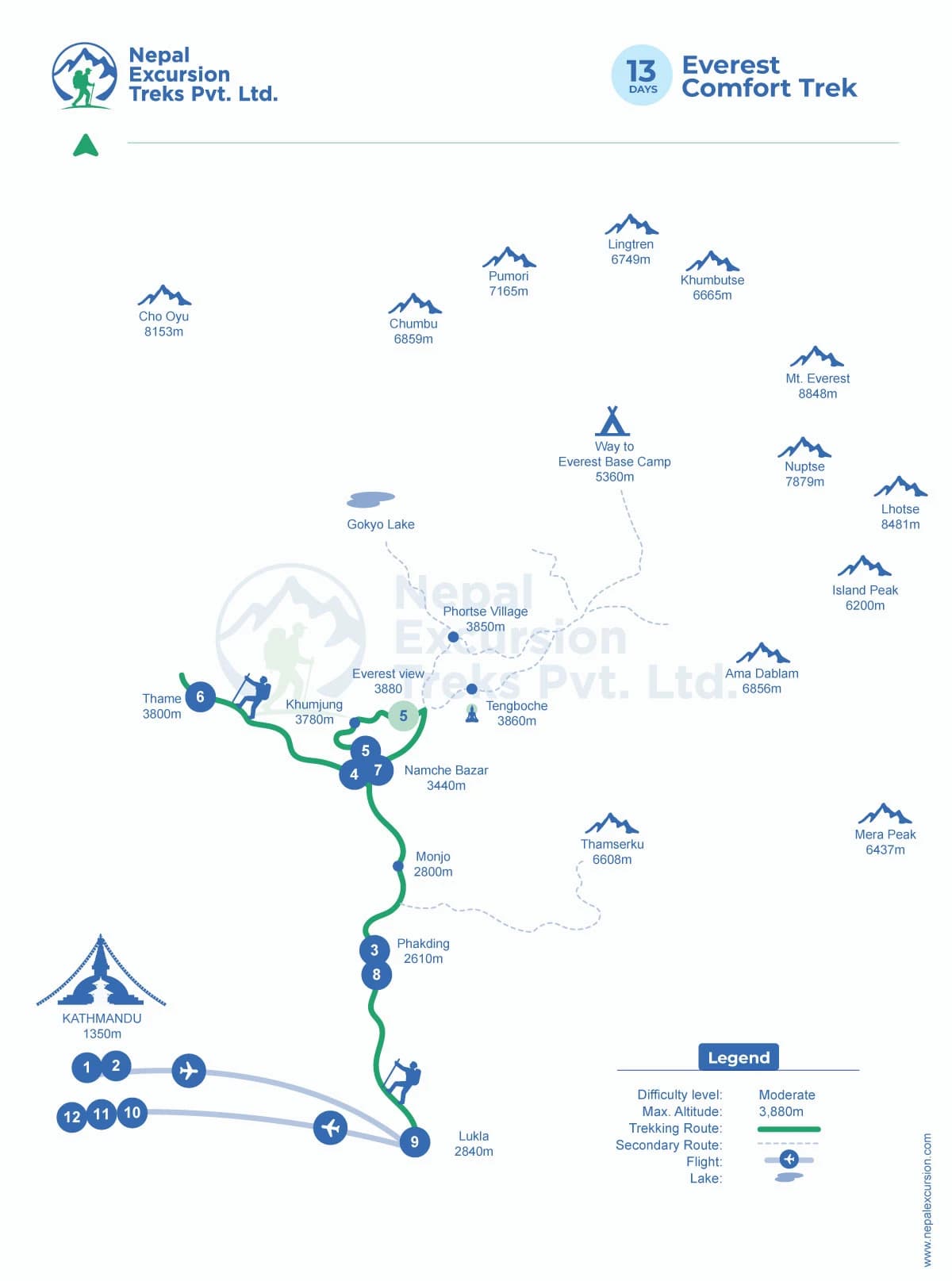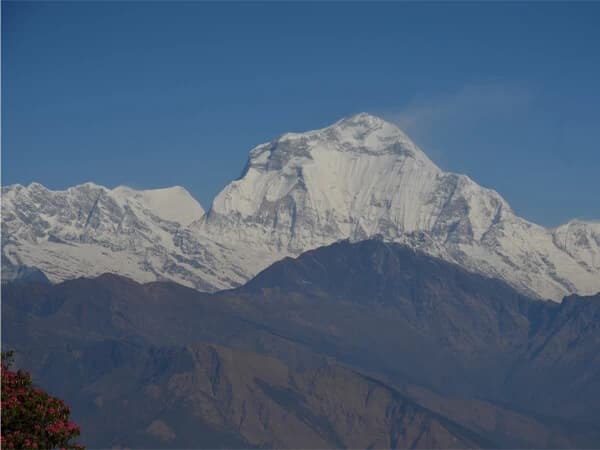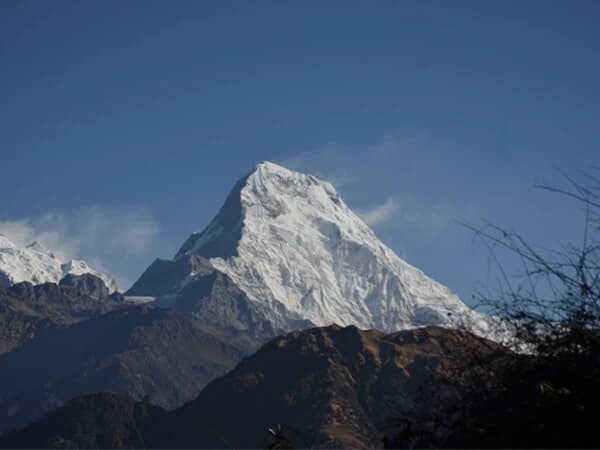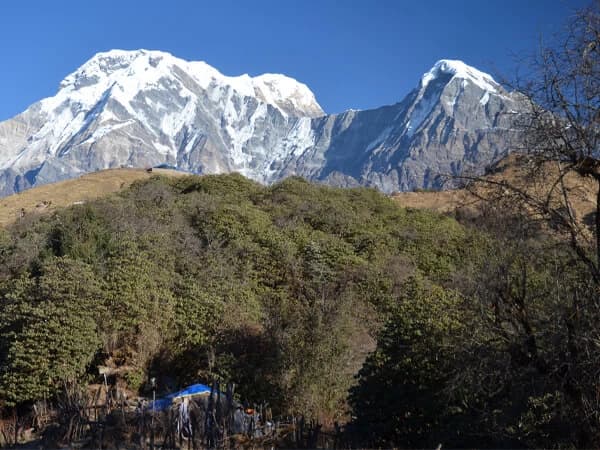The Everest Comfort Trek is designed for those who want to experience Mt. Everest and its surroundings by walking without getting too high. The Everest Comfort Trek starts from Kathmandu after a 25 minutes flight to Lukla. While doing this trek you can experience the Sherpa Culture, typical landscape of Nepal Himalaya and many snow capped peaks including Mt. Everest, Mt. Lhoste and Mt. Cho Oyu. Though the trek isn't long it offers great views of Himalaya leaving you a lifetime experience. A normal level of physical fitness people can do this trek. During this trip we provide you accommodation in a top five star category hotel in Kathmandu and in the trek you will have a three star category hotel for accommodation. Most of the tea houses which are located in the Himalaya region are very basic and for some of the people it's too basic infrastructure to plan the trip though they dream to see these Himalayan peaks being on its foot . If you are thinking the same then this can be really a good way to explore the Khumbu valley staying in the comfort lodges on the trail and have an adventure of a lifetime.
It's a short trip that allows you to explore most of the attractions of Nepal within a short time. The two weeks comfort trek will provide you the opportunity to explore Kathmandu UNESCO world heritage sites as well as experience the mountain life and culture of the Sherpa people too. During the peak season time there might not be a possibility to fly from Kathmandu to Lukla by aircraft due to Kathmandu air traffic but if you do not have the limitation with budget then there are helicopter flight direct flying to Lukla from Kathmandu and back which won't take your comfort away. The trip and plan mentioned in the Everest Comfort Trek can be customised depending on your interests. Just let us know and we will prepare a tailored trip to cover your needs. The major highlights of this trek is one can experience the scenic short flight to lukla, get explored with the Buddhist culture and monuments and of course the scenic view of Mt. Everest and its surroundings.
Best Season for Everest Comfort Trek
Spring (March to May)and fall (September to November) are the best times to go on the Everest Comfort Trek. The weather is stable, the skies are clear, and the views of the mountains are amazing during these months. In the spring, the trail is lined with blooming rhododendron forests, and in the fall, the air is crisp and the views of the Himalayas are stunning.
In the winter (December to February), temperatures drop and snow falls at higher elevations, making trekking harder. In the summer (June to August), heavy rains make trails slippery.
What Makes Everest Comfort Trek Special?
-
The Everest Comfort Trek is meant to give you a real Himalayan experience without making you work too hard.
-
It includes exploring different cultures, hiking through Sherpa villages, and seeing amazing views of the mountains.
-
Some of the best parts are going to Namche Bazaar, the Everest View Point, and seeing real Sherpa culture.
-
The trek lets people enjoy the beauty of Mount Everest and the other peaks around it in comfort, with shorter trekking days, good places to stay, and well-planned logistics.
How Difficult is the Everest Comfort Trek?
This trek is considered to be of medium difficulty, so it's good for people who are in average shape. Trekking every day takes between 3 and 7 hours, and the trails are usually gradual uphill with some steep parts. Everest View Point, which is 3,880 m high, is the highest point. It requires proper acclimatization but does not involve technical climbing.
Permits Required
Trekkers need the following permits:
-
Sagarmatha National Park Entry Permit
-
TIMS Card (Trekkers’ Information Management System)
Nepal Excursion takes care of all the permits so you can enjoy a stress-free trek.
Safety and Precautions
Safety is a priority on the Everest Comfort Trek. Recommendations include:
-
Hiking with a licensed guide.
-
Keeping an eye out for signs of altitude sickness.
-
Bringing enough warm clothes and rain gear.
-
Keeping your body hydrated and walking at a steady pace.
Training and Preparation
Preparation 6–8 weeks prior to the trek is recommended:
-
Cardio training: hiking, cycling, or running.
-
Strength training: legs and core muscles.
-
Practice hikes with a backpack to build endurance and stamina.
Mountain Views
People who go trekking will see the Himalayas from all sides, including Mount Everest, Lhotse, Ama Dablam, Thamserku, and Nuptse. The view from Everest View Point at sunrise is amazing, with views of the peaks and valleys all around.
Altitude Sickness and Prevention
With elevations reaching 3,880 m, there is a moderate risk of altitude sickness. Preventive measures include:
-
Going up slowly with acclimatization days in Namche Bazaar.
-
Don't drink alcohol; instead, drink a lot of water.
-
Seeing early signs like headaches, dizziness, or nausea.
-
If you have any symptoms, tell your guide right away.
What to Expect During Everest Comfort Trek
You can expect a mix of cultural experiences, beautiful hiking trails, and views of the Himalayas. The trek goes through lush forests, traditional Sherpa villages, suspension bridges, and settlements at high altitudes. It ends at the Everest View Point. You can rest and relax at night in comfortable lodges with warm meals.
Why Choose Nepal Excursion for Everest Comfort Trek
Nepal Excursion provides:
-
Licensed guides and porters with experience to keep you safe and help you.
-
Well-thought-out travel plans that include days for acclimatization.
-
Make plans for TIMS and Sagarmatha National Park.
-
Comfortable travel to the start of the trail and between stops.
-
Full help with meals, lodging, and trekking.
Things You Should Know
-
Outside of Lukla, there aren't many ATMs or internet connections.
-
At higher altitudes, nights are colder.
-
For stability, it is best to use trekking poles.
-
A moderate pace makes sure that you get used to the new environment and have fun.
Is Everest Comfort Trek for Me?
This trek is suitable for:
-
People who are going to the Himalayas for the first time and want to be comfortable.
-
People who want to learn about the culture in Sherpa villages.
-
For people who want amazing views of the mountains without having to hike a lot.
-
People who love photography and nature.
Meals & Accomodation
You can get traditional Nepali food like Dal Bhat, noodles, soups, and local dishes at meals. Every day, breakfast is served, and lunch and dinner are served along the way. You can stay in comfortable lodges and tea houses that have warm dining areas, cozy beds, and hot showers when they are available.
Plan Your Everest Comfort Trek Today
The trek begins with a flight to Lukla, then a slow walk through Phakding, Namche Bazaar, Thame, and back to Lukla. Nepal Excursion takes care of all the transportation, permits, meals, and lodging, making sure that your trip goes smoothly and is one to remember.
Highlights
-
Everest View Point (3,880 m) for views of the Himalayas from all sides.
-
Cultural exploration of Sherpa villages, Namche Bazaar, and Thame.
-
Trails with beautiful views that go through forests, rivers, and high-altitude towns.
-
Lodges that are comfortable and well-planned days of trekking.
Why Choose Everest Comfort Trek
This trek is a safe and fun way to get to know the Everest region. It includes cultural experiences, beautiful hikes, and breathtaking views of the Himalayas, all without technical climbing or too much hard work.
Packing List, Gears, and Equipment
Essential items include:
-
Sturdy trekking boots and poles.
-
Warm layers: down jacket, fleece, thermals.
-
Sleeping bag suitable for cold nights.
-
Backpack (40–50L) and daypack.
-
Sunglasses, sunscreen, hat, and gloves.
-
Water bottles and purification tablets.
-
Personal toiletries and first-aid kit.
-
Headlamp and portable power bank (charging limited in lodges).
